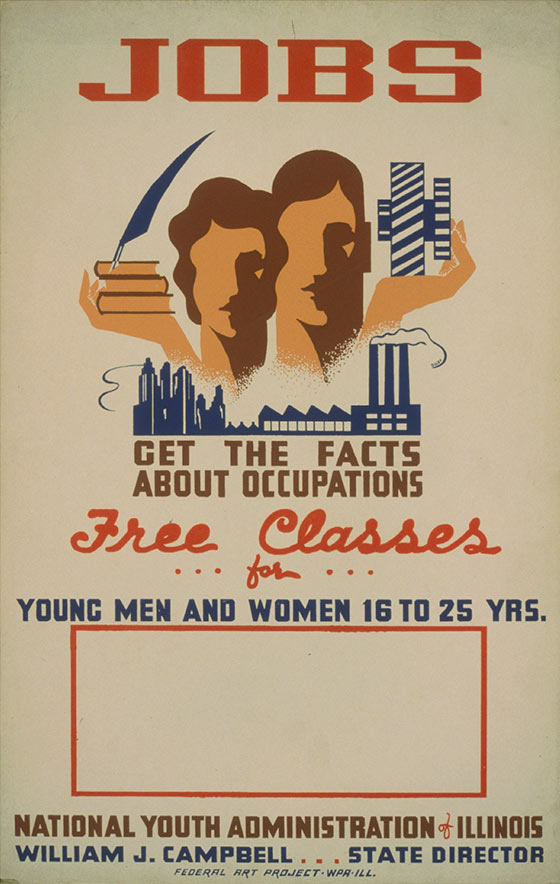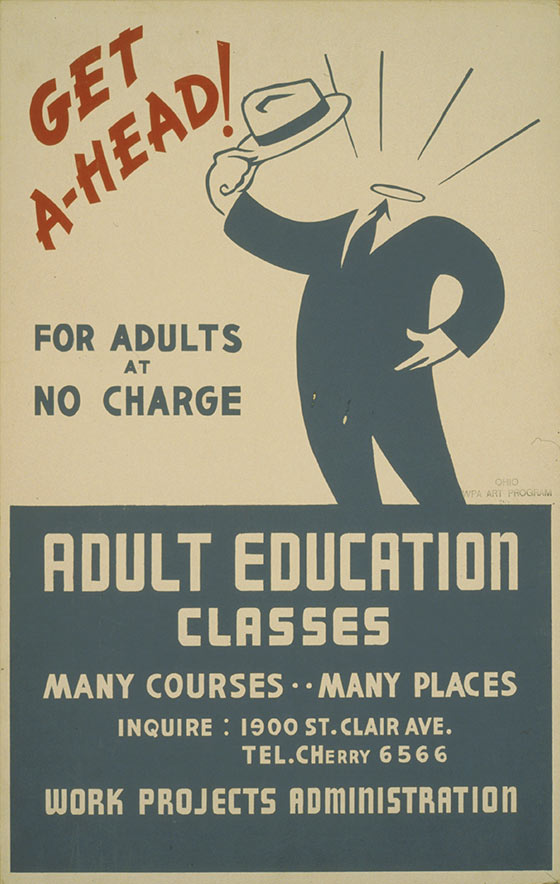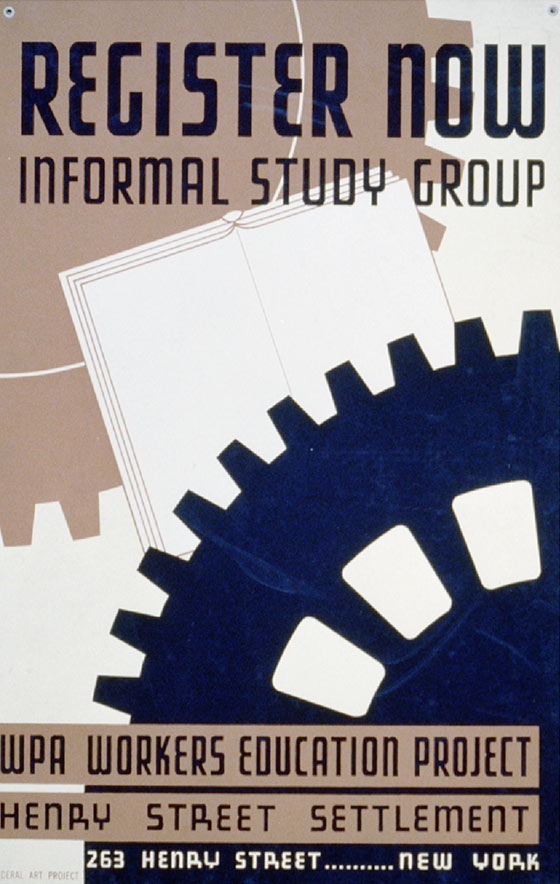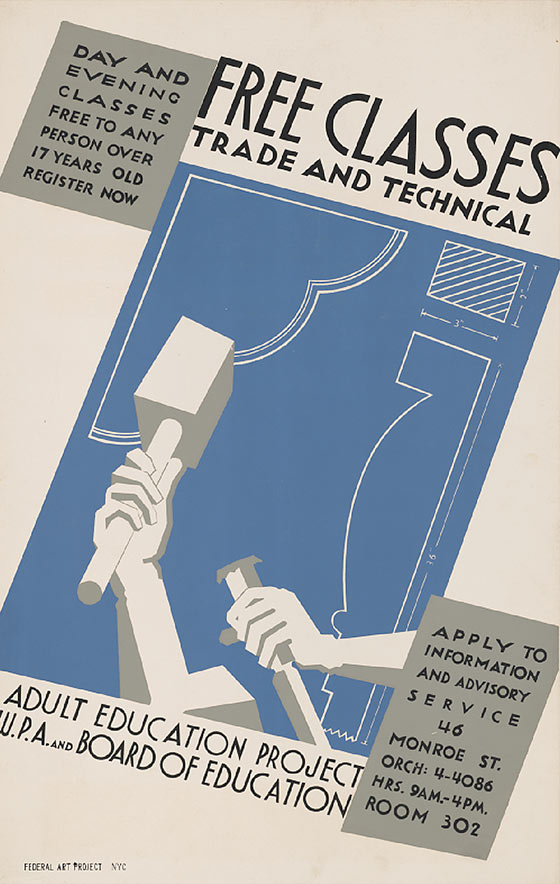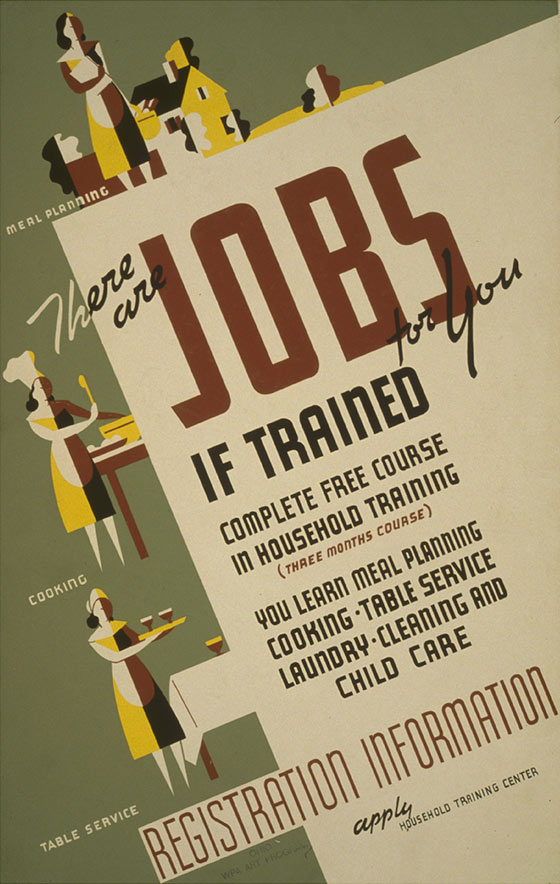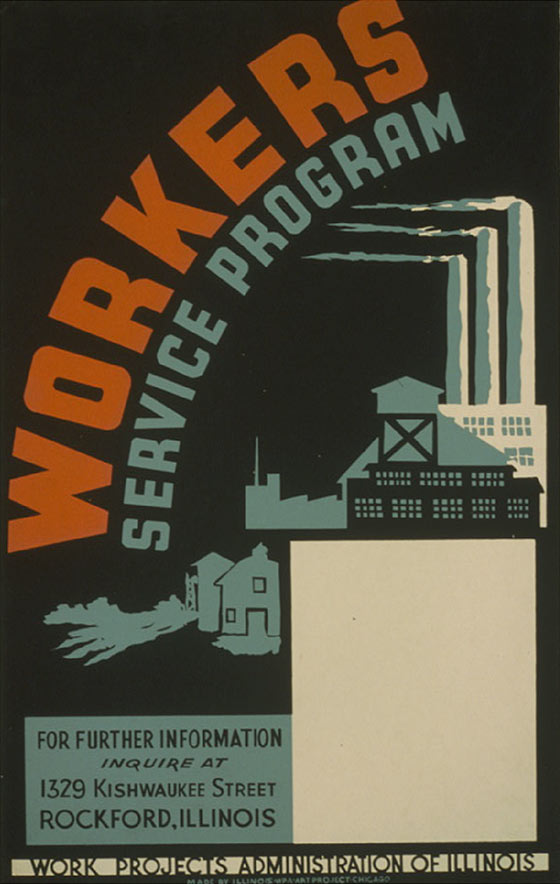- 5.9 million unemployed
-
January 2020
Foreword
In July 2020, with 18 million Americans officially unemployed, the White House rolled out its “find something new” campaign urging Americans to consider skills training to advance their career prospects. In turning to skills training as a solution to deep economic recession, the administration took a page from the playbook used to respond to the Great Recession. But over the last decade, a wealth of new research has suggested that skills training can do little to narrow the structural economic inequality the COVID-19 Recession is laying bare.
The Roosevelt Institute recently released a report—Employer Power and Employee Skills by Suresh Naidu and Aaron Sojourner—exploring the idea of the “skills gap” and proposing a better way to understand the role of training programs in the economy. Here we discuss their key findings along with suggestions for further research and new courses of action.
Labor Market Power and Human Capital
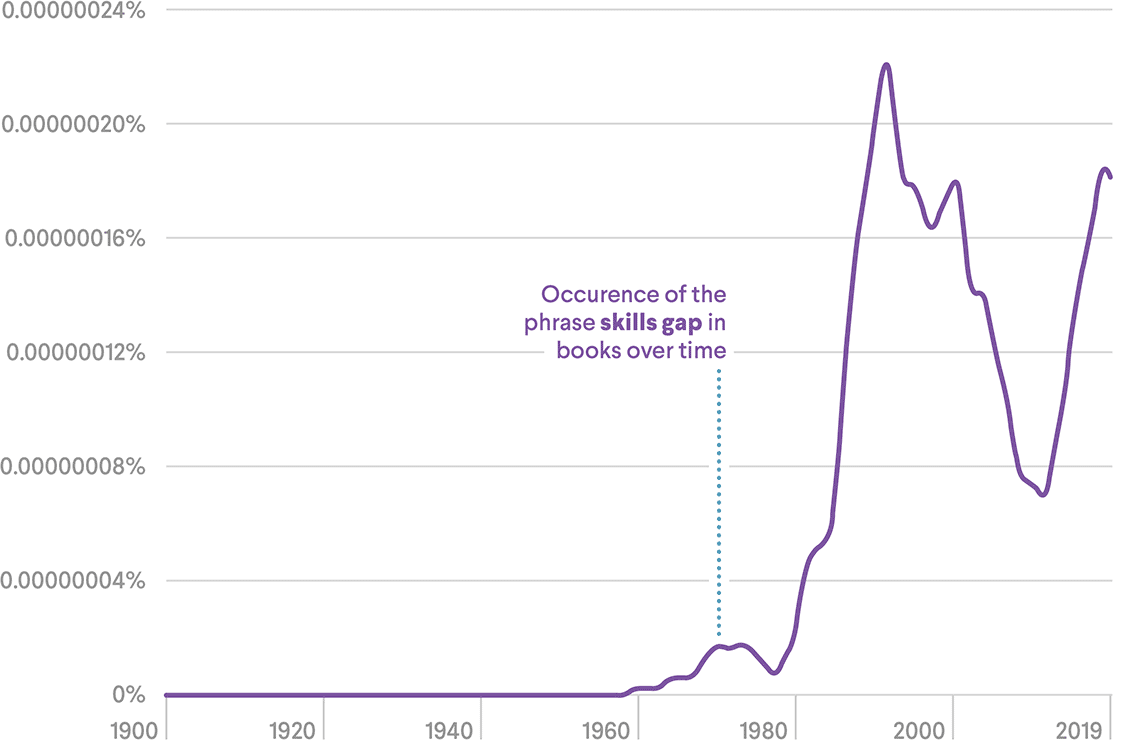
For decades, reports of a “skills gap” driving persistent unemployment have proliferated in the popular media and business press.

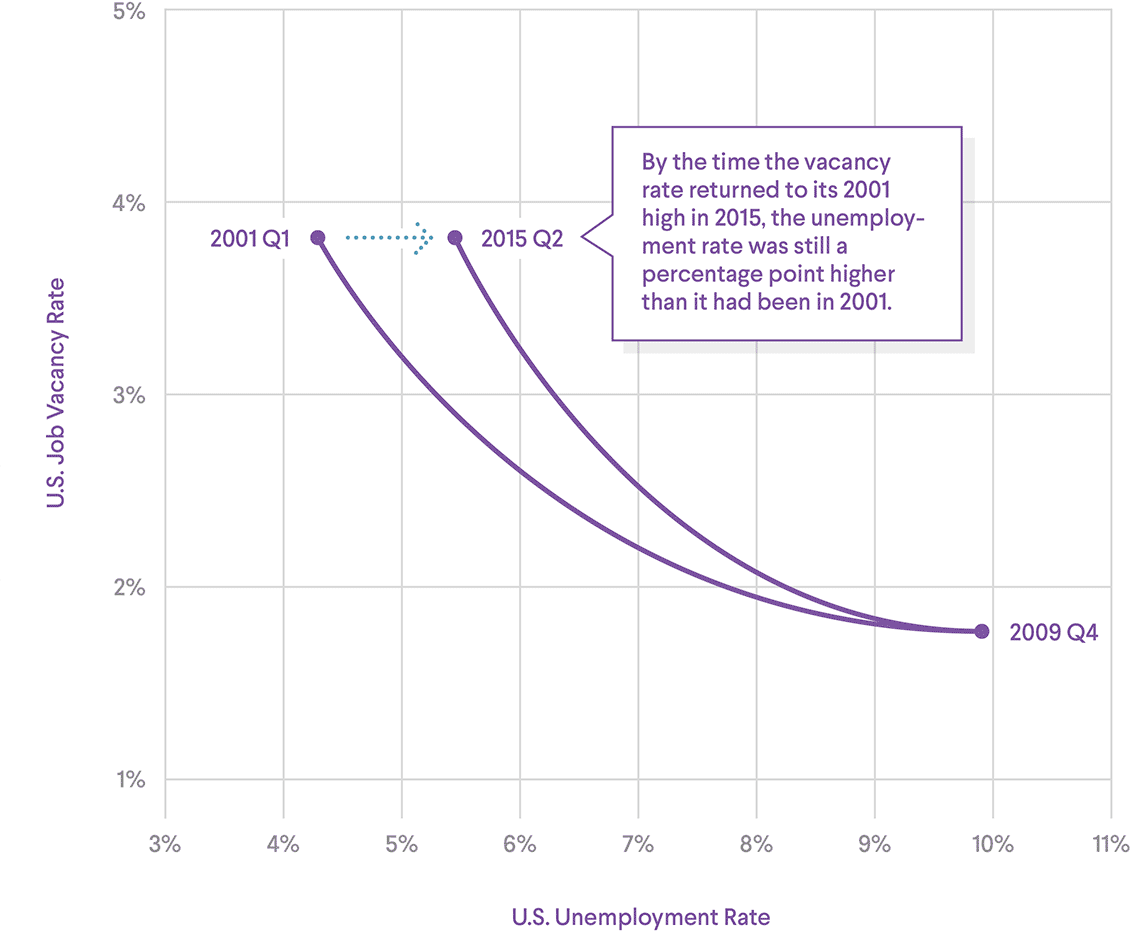
These reports are generally based on two things: 1) employers’ complaints and 2) increases in the job vacancy rate when the unemployment rate is held fixed—or, as economists call it, the Beveridge curve. The Beveridge curve’s prediction is that as the job vacancy rate goes up, the unemployment rate will go down. But, in the aftermath of the Great Recession, despite an increase in the vacancy rate, the unemployment rate fell only slowly.






At the time, many economists thought that technology had made unemployment permanently higher and left low-skill workers unable to find new jobs. That hypothesis rested on the assumption that the primary determinant of wages was a worker’s human capital, in other words that a worker’s job placement and wages are mostly determined by his/her contribution to a firm’s output (aka, his/her “marginal product”).
Contrary to this prediction, pre-COVID, we saw a historically low unemployment rate of 3 percent and even the beginning of wage growth. This wage growth came not because of a change in training policy but because the labor market tightened, increasing competition for workers and increasing wages. After the last recession, it took a long time for the labor market to get to the level of tightness required to see wage growth.
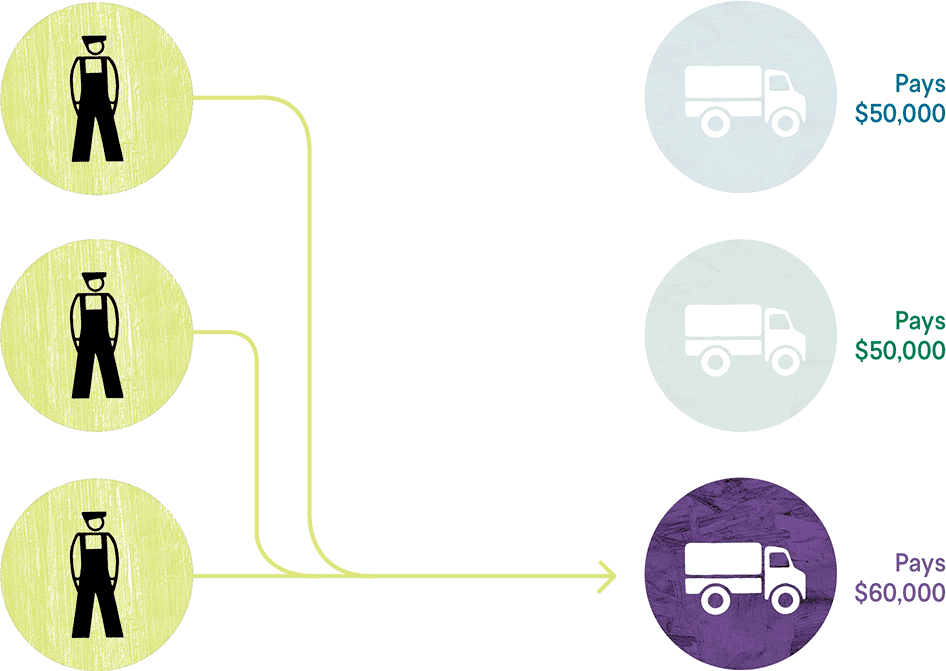
A human capital centric view of the labor market doesn’t allow for the central role of macroeconomic conditions in affecting wages. Instead, it would suggest that wages should increase for those who had the in-demand skills. Yet the recovery from the Great Recession was slow across much of the skill distribution. Labor market power can help explain this.

To better understand how the labor market works, it’s helpful to break it into its constituent parts: On one side are employers needing workers’ skills and time to make goods and services that customers value, but constrained by the extent to which they can differentiate pay for workers based on skills, because of things like a lack of information, internal administrative constraints, and considerations of internal equity and shop-floor relationships.



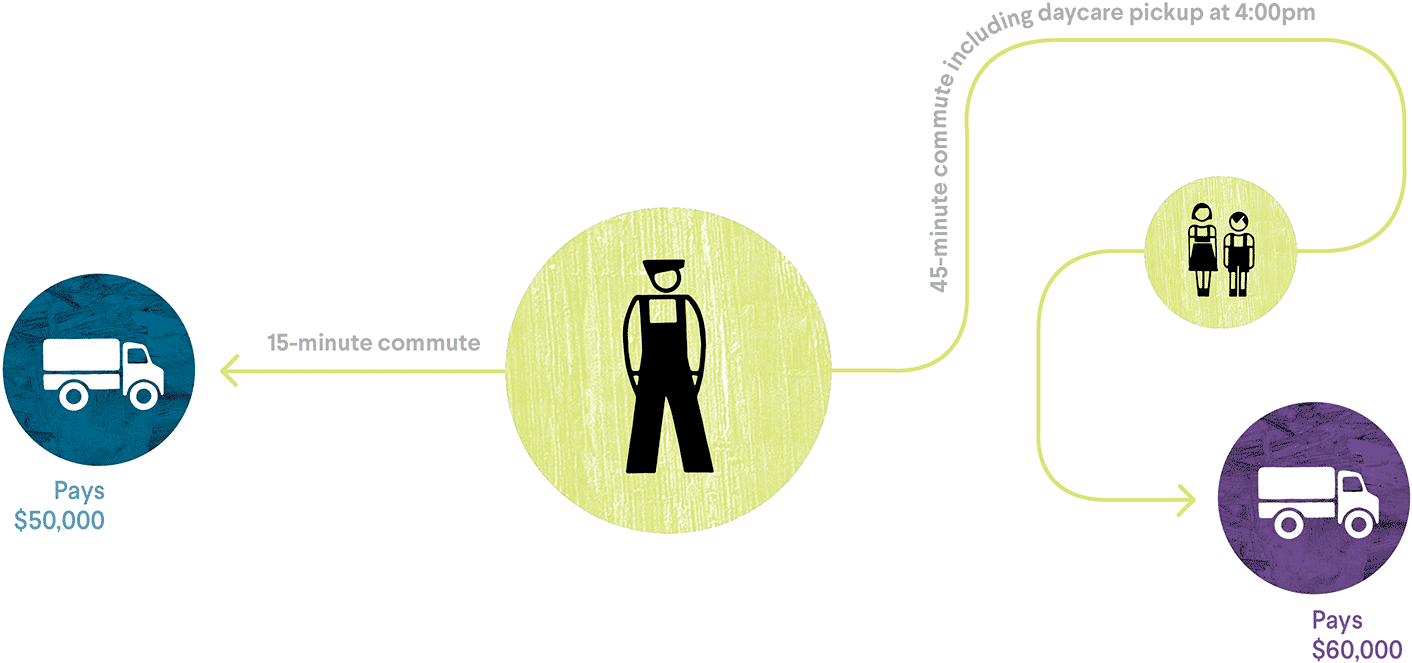
On the other side are workers, who have to balance their jobs against all of the nonwork dimensions of their lives: providing care to family members, balancing civic and social activities, and handling the bumps and shocks of a society with unreliable social insurance and public goods. All of these constraints on the employee side are barriers to job mobility, strengthening employers’ market power and limiting workers’ bargaining power by reducing their ability to harness competition between employers. The result of the two sets of frictions is what economists call monopsony.

Monopsony offers an alternative explanation to what economists were seeing at the end of the Great Recession. Human capital theory would predict that if there were a true technology-driven skills gap, wages would rise for those who had the in-demand skills. But even as the vacancy rate increased after the Great Recession, wages stagnated. Further, some economists have now shown that as unemployment increased the labor market power of employers during the Great Recession, employers increased their expectations for workers’ skills and education, without raising wages. Those increased expectations were slow to disappear.




The theory of monopsonistic, rather than highly competitive, labor markets also changes how we think about the value of skills training programs. If skills are not the only determinant of workers’ wages, we have to ask whether skills training programs are the best way to address inequality. More specifically, we would also want to know how skills training programs affect constraints on both sides of the labor market: Do they give workers or employers more power?
Training Programs and Labor Market Power

Is training the best way to address inequality?
If a skills gap is the diagnosis for what is causing inequality and unemployment, then training to increase skills would seem to be the prescription. But, as the theories and analysis laid out above suggest, there’s reason to question whether a skills gap is an accurate diagnosis. So far, we have described evidence that offers alternatives to this diagnosis. Here, we look at it from the other angle and ask how the prescription of more skills training is working.


Public investment in “active labor market policies”—policies designed to promote workforce participation, including both workforce training and job placement services—has declined substantially. Measured as a percentage of GDP, US spending on active labor market policies is less than half of what it was in the 1980s.1 At the same time, US employers’ investments in workforce training have also decreased significantly. Both employer-paid-for training and employer-provided training fell substantially from the 1990s to today. In the last decade, philanthropy has moved in the opposite direction and increased its investment in workforce training. Nevertheless, it’s important to note that the federal government far outspends philanthropy in this area to this day.


Most experimental studies of job training programs focus on government-backed programs. When it comes to private sector programs, there is little formal, experimental program evaluation and instead a preponderance of descriptive work. Despite the limited pool of controlled experiments regarding the efficacy of job training programs, existing studies suggest a tremendous variety in training programs and emphasize the importance of crafting programs to target specific sectors.
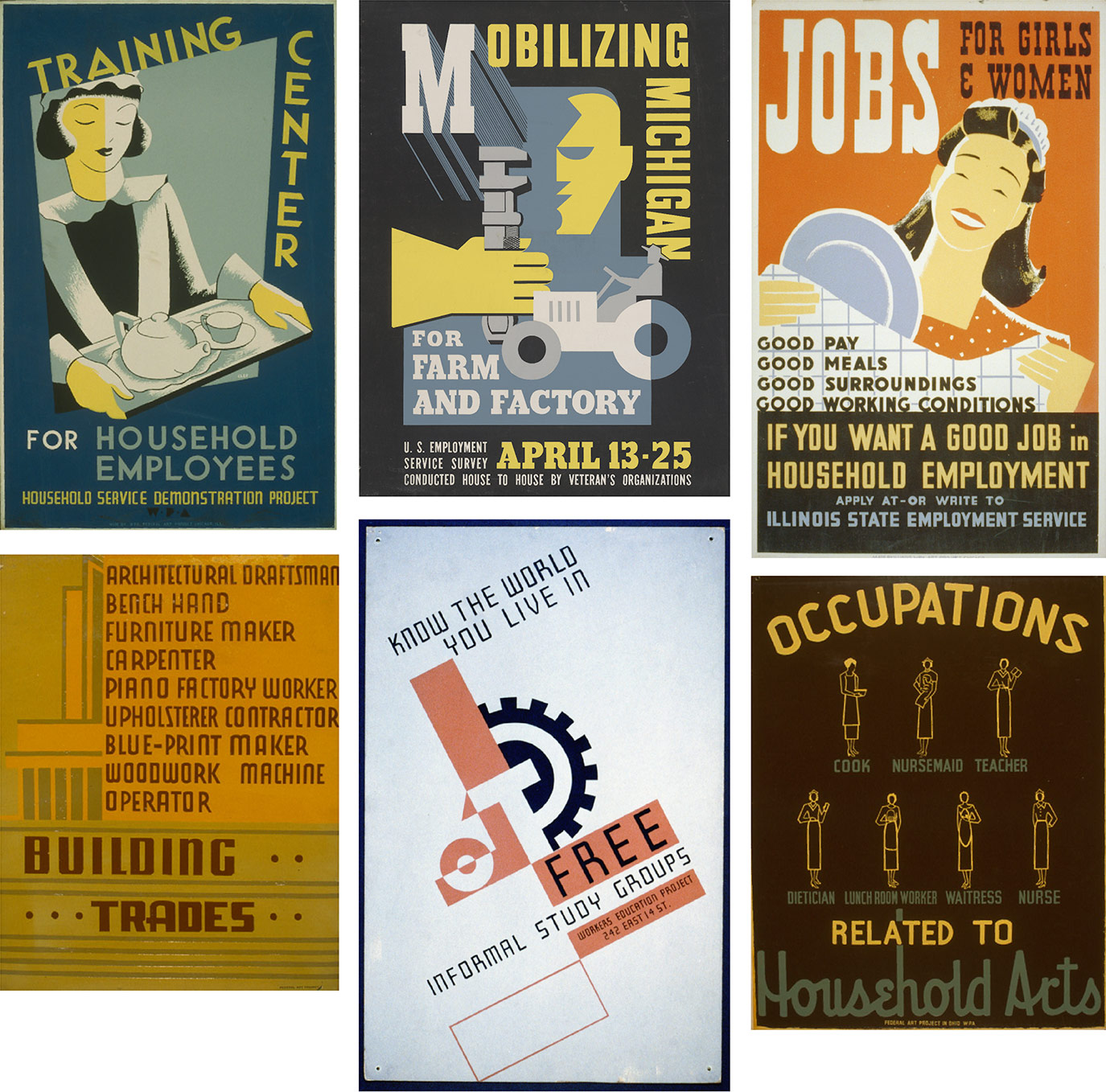
Experimental evaluations of training programs run by the federal government have been mostly disappointing. For example, studies of Job Corps, a training program that accounts for about 12 percent of the federal workforce training budget, have shown that while Job Corps does raise participants’ earnings relative to a control group, it does so only for a short amount of time. There are no detectable effects for the majority of trainees after four years. One recent study did find significant, long-run positive effects of Job Corps for participants between the ages of 20 and 24 years old (with earnings increasing by 7.3 percent) but still concluded the overall program effect was small and quickly faded for younger students. Studies of other federal workforce training programs—for example, the Workforce Investment Act and Dislocated Worker Training Programs—found little effect on earnings or employment 30 months after the training programs.
On the other hand, studies of “sectoral employment programs” have shown more success. These programs have a training component but are much more comprehensive. They extensively prescreen candidates for motivation and ability, ensure the training provided is valued and recognized by employers, and include a ready referral system to match participants with employers, alongside coaching for job retention.

For example, one particularly successful sectoral program is Per Scholas, a large, Bronx-based nonprofit set up to provide IT skills training to underrepresented groups. Unique among training programs, Per Scholas has been evaluated twice, both times with randomized control trials (RCTs). Both studies found very large (20–30 percent) earnings gains two years out and similar magnitudes of employment effects.


Another successful program, the Wisconsin Regional Training Partnership (WRTP), is an organization of businesses, organized labor, and workers primarily in the manufacturing, construction, health, and commercial driving industries. Together, WRTP members identify industry needs and, based on those needs, offer training along with wraparound services, including childcare, job placement, and postemployment retention coaching. Studies show WRTP participants are 12 percent more likely to work union jobs and experience an average earnings increase of $6,355.

However, to discern whether the training components of sectoral programs are what make them effective at increasing earnings and employment or whether the wraparound services play a larger role, we need studies that disaggregate the effects of each component of sectoral programs. Otherwise, it is impossible to say which job market frictions need to be smoothed to address inequality.
Another way to approach the question of whether or not skills training programs are the best way to address inequality is to ask: compared to what? One informative comparison is between the effects of sectoral employment programs on inequality and the effects of unionization on the same. For example, the experimental returns to training programs are in the same range as the union wage premium for lower-earning workers (say in the 5–15 percent range, to be generous, but both have estimates that can be as high as 30 percent).
Yet, when we widen our lens beyond the individuals’ whose wages are rising to see how unions and training programs affect income inequality more generally, we see two very different outcomes. For example, the way training programs affect those outside the programs could potentially be negative because the programs could end up cream-skimming the best applicants, or merely redistributing a limited number of ‘good jobs’ among applicants. Individuals who successfully complete the programs get better jobs and higher wages, but overall inequality remains the same. In contrast, unions have been shown to raise wages across the board for union and nonunion workers alike. In addition, because their benefits tend to accrue to low- and middle-wage workers, they redistribute money and actually narrow inequality.
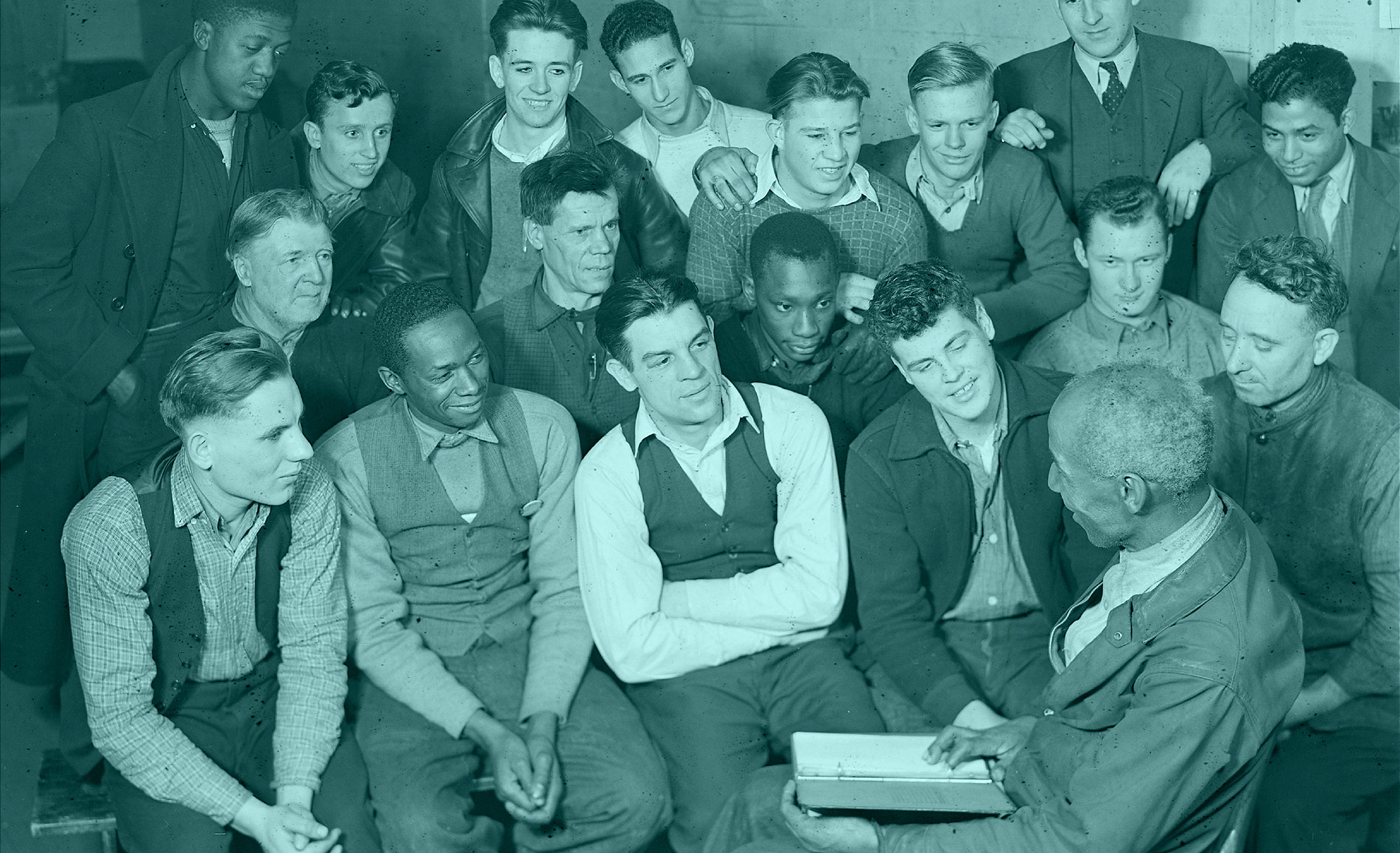

How do training programs affect market power?
The final point in our discussion above brings us from the question of whether training is the best way to address inequality to the question of whether and how training programs affect employers’ and workers’ relative market power. While the discussion above suggests that programs narrowly targeted at imparting skills do not offer the returns we would hope for, and point to more successful sectoral training programs as a better way to raise wages, these sectoral programs raise their own set of questions. Given the close involvement of employers in the programs, how can we tell if they are helping employers or workers more?

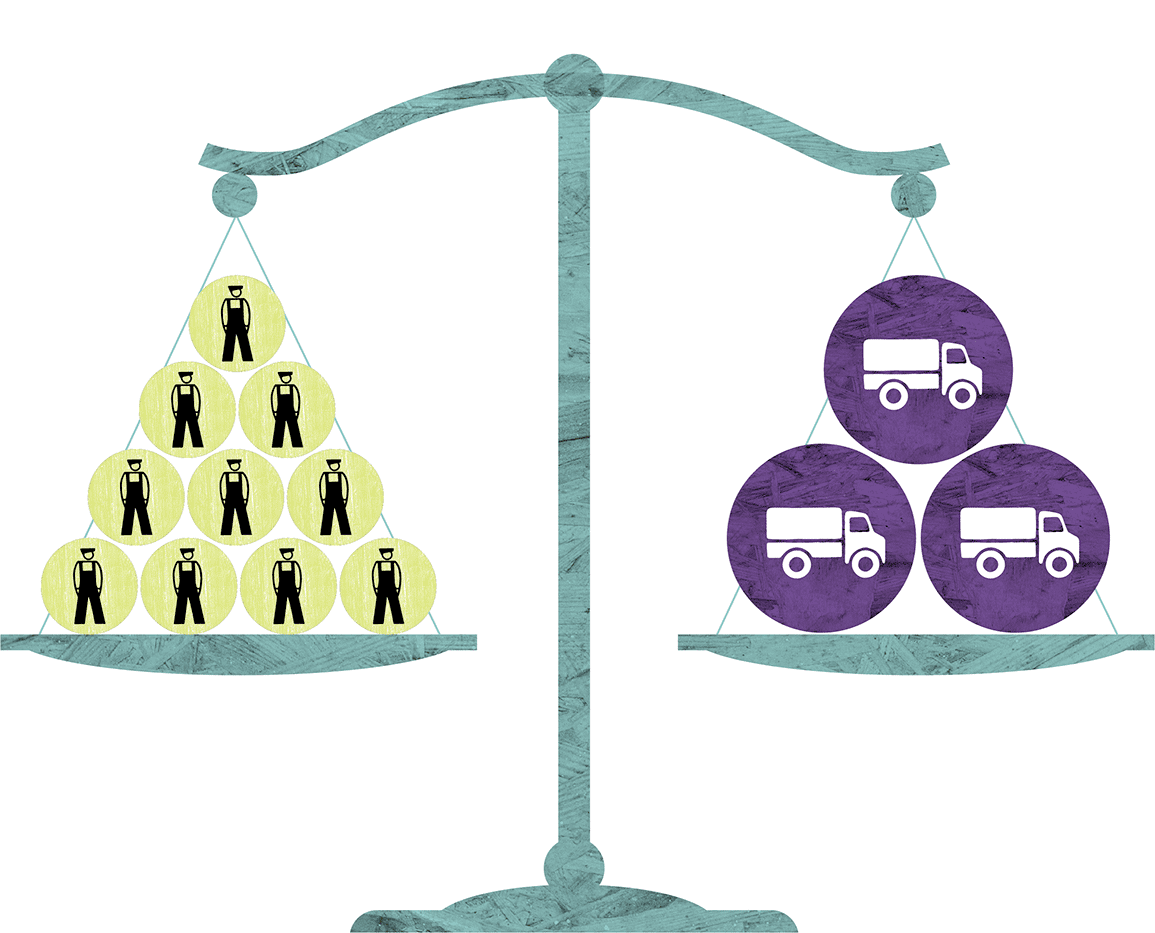
Monopsony emphasizes the interaction of two frictions: 1) the employer’s power over wages and working conditions, including the content of employer-provided training, and 2) workers’ lack of immediate substitutes in the labor market. Sectoral training programs can help improve individual participants’ wages and job prospects while either building up workers’ power or employers’ power.
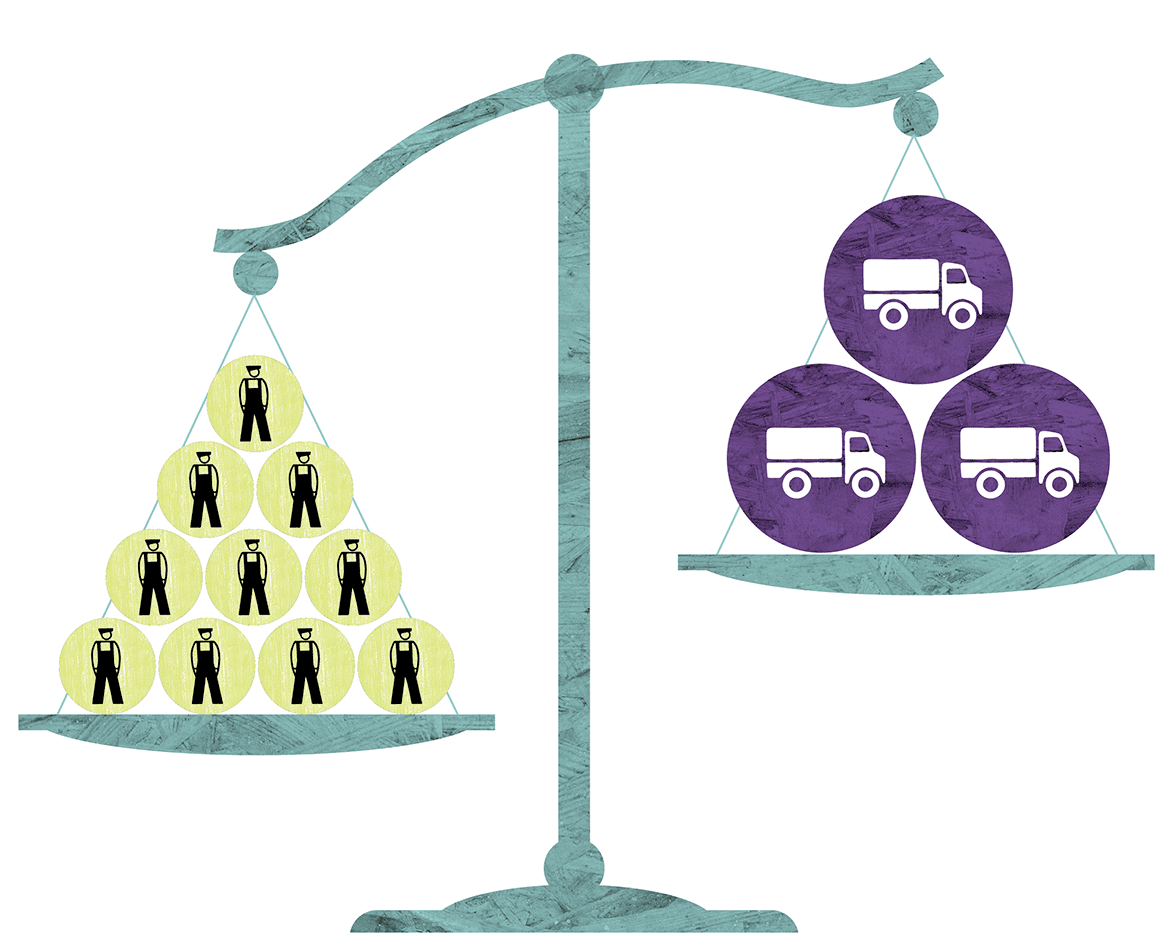
For example, on the worker side, the wraparound services these programs offer should be understood as increasing workers’ power by increasing and improving job offers available to workers. Furthermore, if the skills workers are trained in are widely in demand among a variety of employers, their power should be increased in negotiations.
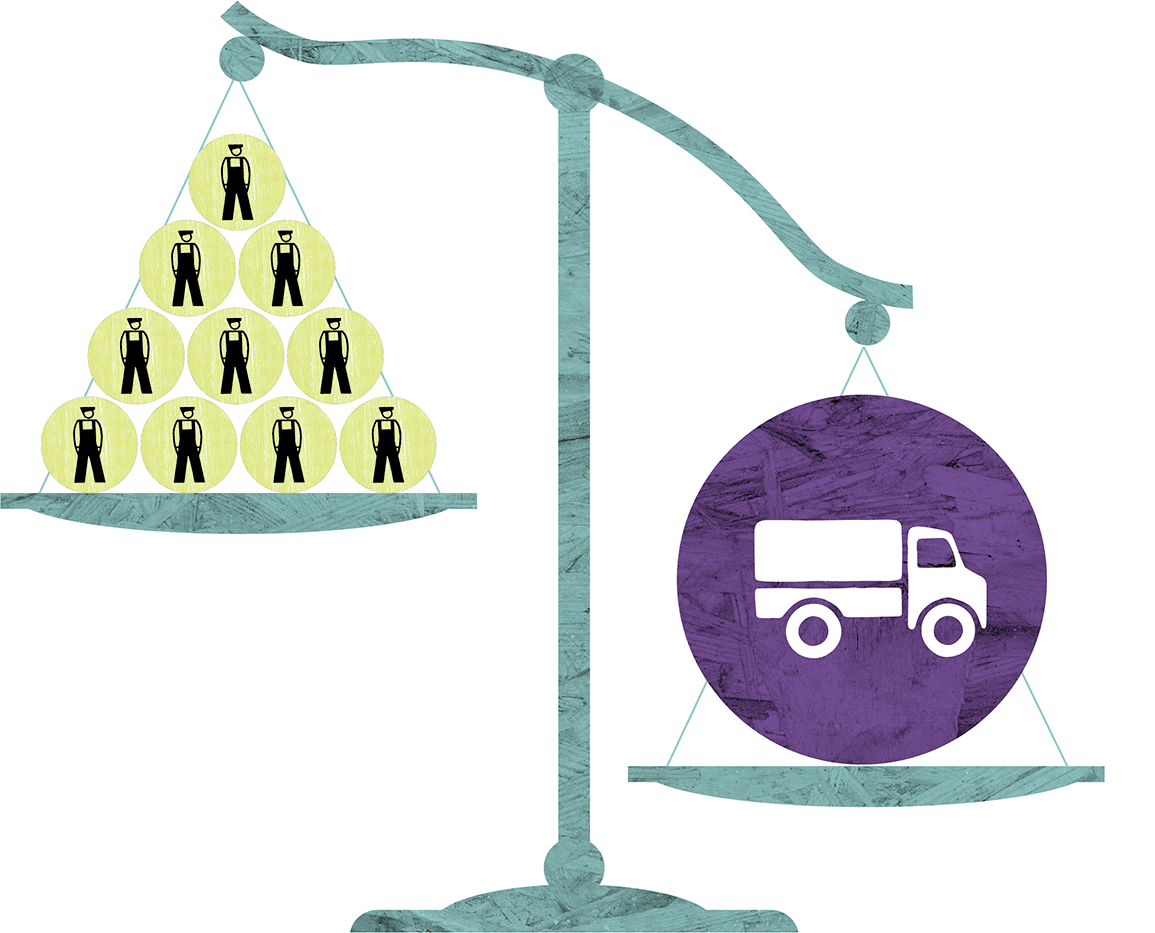
On the other hand, sectoral training programs that train workers for jobs offered only by specific employers in a region may increase the employers’ power by limiting workers’ options. Sectoral programs that bring a number of employers together to coordinate might even allow for these employers to informally coordinate to keep wages lower than they would be if the same employers were competing for workers.



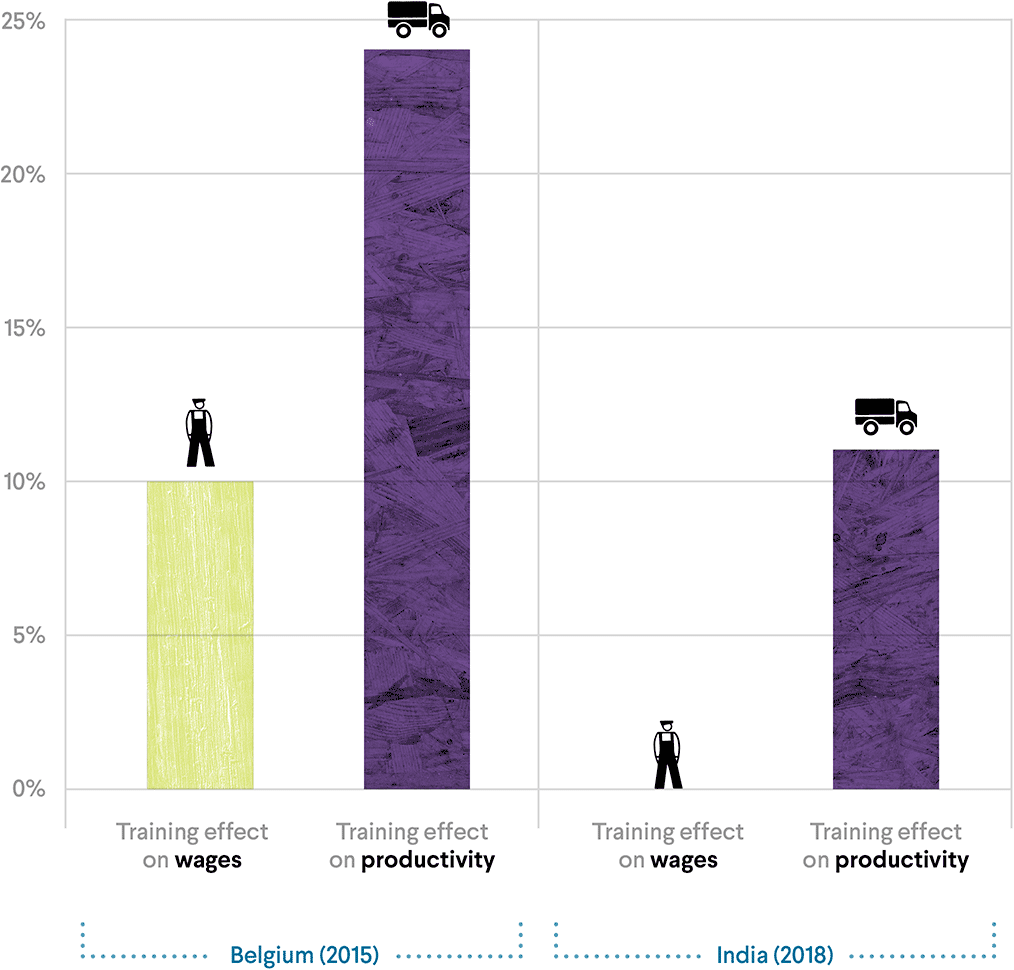
If a program is disproportionately increasing employer power over worker power, we might expect that any incumbent productivity gains would go disproportionately to the employer, even if the workers’ wages also increased. Unfortunately, to date, little of the US literature has estimated the effects of training on productivity. However, outside the US, some training programs have assessed productivity increases, generally finding that they are larger than wage increases. One study of Belgian firms found a 23 percent increase in productivity due to training yet only a 10 percent increase in wages. An RCT in India found an 11 percentage point increase in productivity due to training yet no effect on wages. More research is needed in the US, where existing studies often document only the impact on wages of the trainee and don’t consider impacts on the broader labor market.

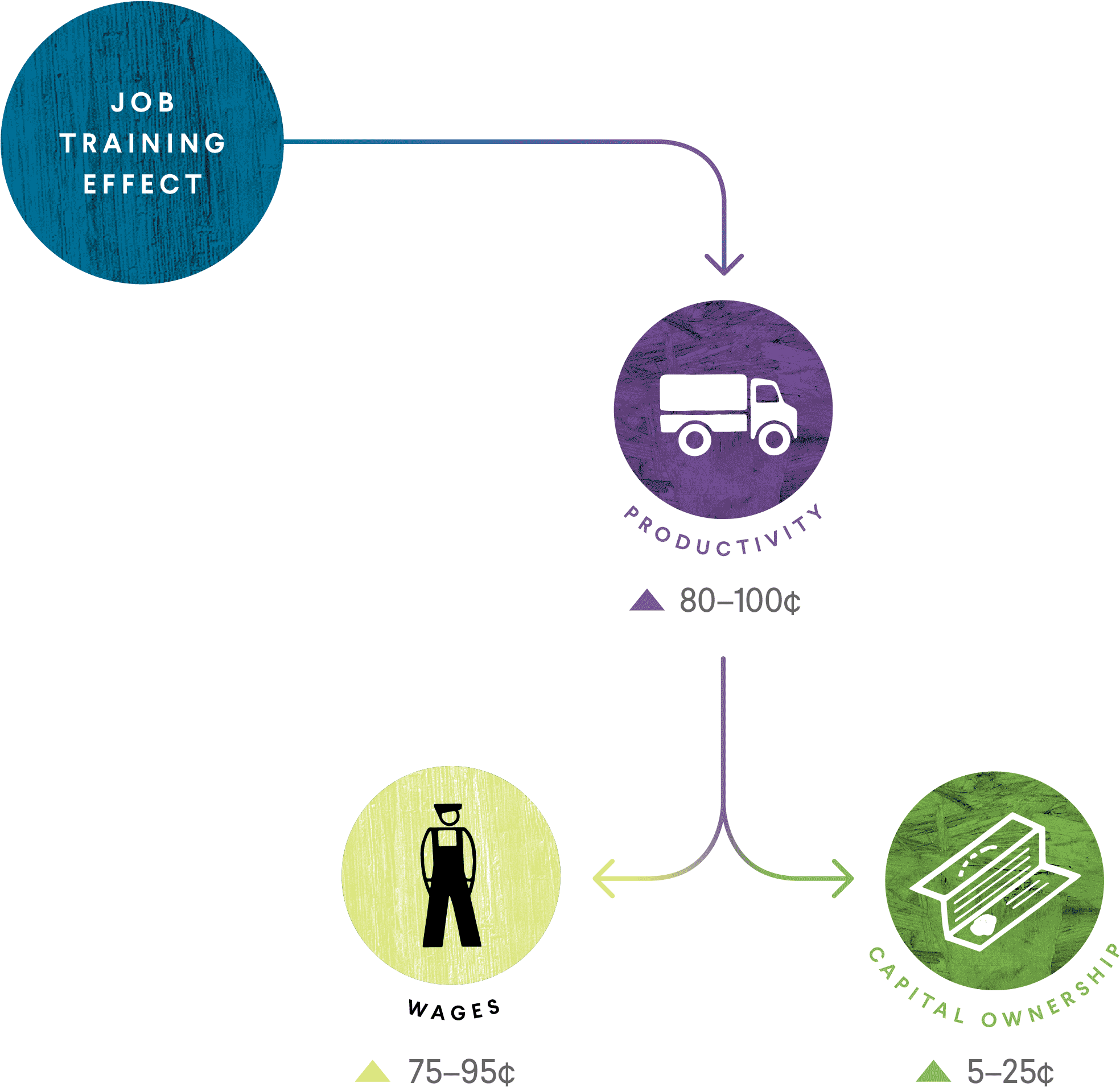
While more research is certainly needed in the U.S. context, it is clear that any training programs that pay off in terms of employer profits, while raising wages, face an uphill battle in narrowing overall inequality. If a training program raises hourly wages by 75 cents, it has likely raised productivity by between 80 cents and 1 dollar, and thus has also raised profits per hour worked by 5 to 25 cents. These increased profits go either to suppliers of other inputs (capital, land, intellectual property) or owners themselves. The wealthiest 1 percent of American families own almost 800 times as much equity in private and public corporations and the attendant claim on their profit streams as the average family in the bottom half of wealth. With this level of wealth concentration, training programs are pushing against the wind in terms of their effects on overall income inequality if the benefit of more skilled workers is captured more in increased profits.



Country-level scatterplot. Estimates use data from Card, Kluve and Weber (2017) combined with estimates from recent sectoral employment programs.
Comparing the effects of training programs across countries with different union density further demonstrates how training programs interact with labor market power. While this relationship is necessarily incomplete, and subject to numerous concerns about selection and omitted variables bias, looking across countries quantitatively gives some sense of the effects of labor market institutions on the returns from training programs. Countries with higher union density—where we can assume workers have more labor market power—see somewhat higher returns to training programs.

Closer to home, sectoral training programs with the active involvement of worker organizations seem to deliver particularly strong results. The Wisconsin Regional Training Partnership, for example, which has labor organizations actively help design the program, has extremely high returns, especially for a relatively short program. Similarly, Project QUEST—a San Antonio-based sectoral training program that focuses on the health-care sector, which was founded by worker and community organizations, including the Industrial Areas Foundation—has also had remarkable success. An RCT of Project QUEST showed large effects up to 9 years out, with an average $9,000 increase in earnings (20 percent over the control group), with larger effects for older workers.


On the other hand, earlier this year, a hospital that hires Project QUEST graduates was accused of collusion to keep nurses’ wages low.2 Although they were keeping wages lower than they would have been otherwise, these hospitals were still “high-wage employers.” This is exactly the kind of situation we need to watch for with training programs tied to specific employers: The training programs may be raising wages, but if the employers hold outsized power, they may be reaping more gains than the workers and thus preventing the programs from having a significant effect on overall inequality.

How Should All Of This Affect Training Programs?
As the US faces the COVID-19 recession, we appear to be seeing the beginning of another massive investment in training programs. But the research that has occurred since the last recession would cause many to question this as the best course of action even while leaving numerous unanswered questions. Below we lay out some of the open research questions regarding training programs, as well as some recommendations for how training programs could be shaped to take into account labor market power.
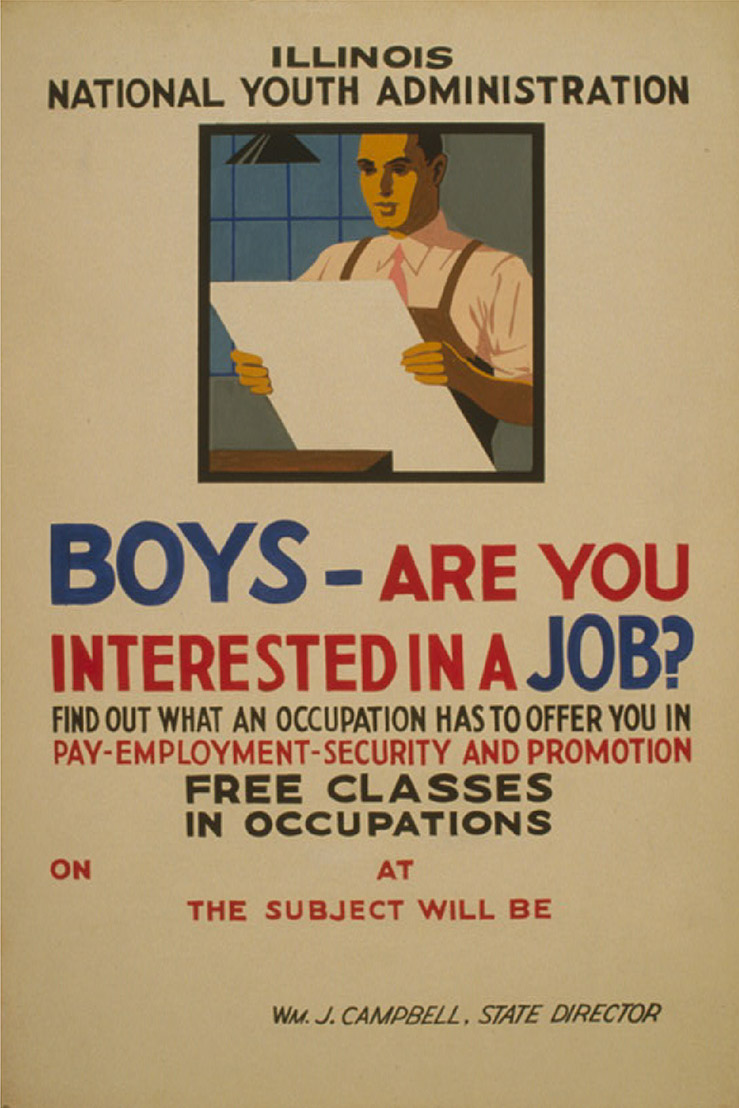

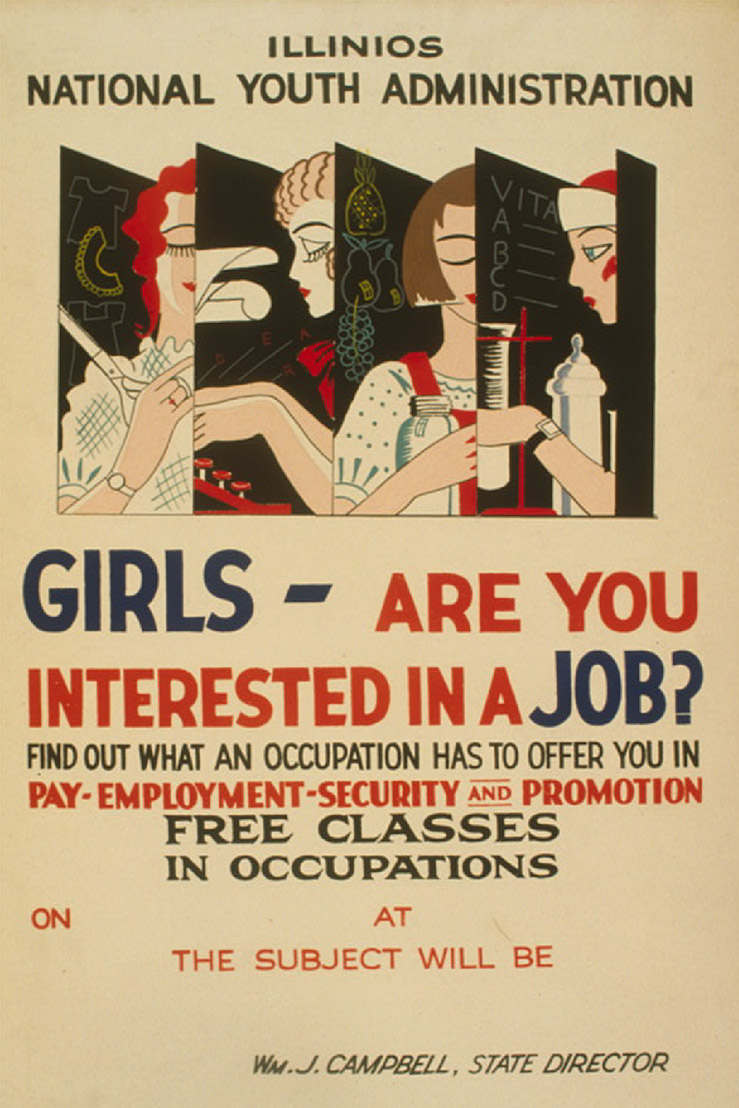

Open Research Questions
- To test our hypothesis that training programs are more effective where workers have more labor market power in the US, one simple exercise would be to look at the heterogeneity in outcomes in the big, national training programs like Job Corps and the WIOA Adult and Dislocated Worker Program by regional labor market concentration or other measures of market power (for example union density).
- In addition to understanding how workforce training programs affect overall economic inequality, we would want to understand how their effects vary by demographic group. Studies have shown that many sectoral employment programs show high returns to Black and brown people. However, because very few successful sectoral employment programs have extensive participation by both white people and people of color (e.g., Per Scholas is mostly Black, Project Quest is mostly Latinx), it is difficult to parse what part of which program is working for different groups, given, for example racial discrimination of some employers, affirmative action programs in others, and disparate job-finding networks by worker race and ethnicity. Few of the existing studies are able to say whether sectoral training programs ‘work’ by reducing employer discrimination or increase skill, for example. A large-scale evaluation with diverse participants facing similar labor markets and randomly assigned combinations of training, search assistance, and other complementary program elements could improve understanding of mechanism-generating differences in effects by race, ethnicity, and gender.3

Recommendations
Even as this research continues, funders and workforce training practitioners should begin to think about labor market power as they structure their programs so that such programs can help individuals and address structural inequality at the same time. The easiest way to do this is to focus training programs on industries and in locations where worker institutions are already strong—for example, unionized industries. But practitioners and funders could also consider building mechanisms into training programs that can help rebalance power in the labor market. For example:
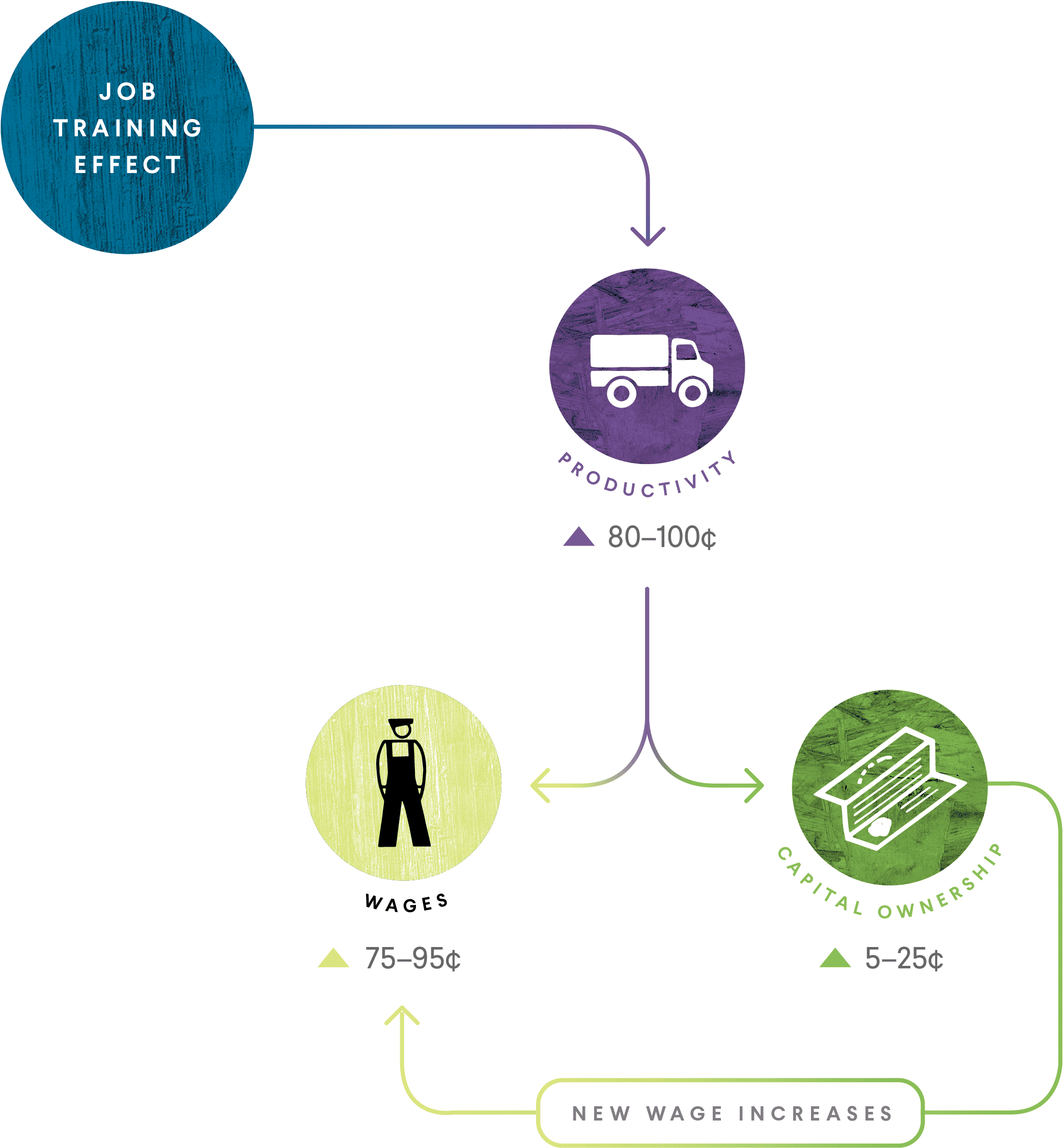
i
Training subsidies could be conditioned on employers giving percentage wage increases over a defined time period to employees, as well as increasing starting wages over time.


ii
Training programs could be designed to have institutionalized input from worker representatives—for example, by partnering directly with labor unions (e.g., in the model of the Wisconsin Regional Training Partnership) or by incorporating diverse forms of worker representation (e.g., past participants) into program governance.

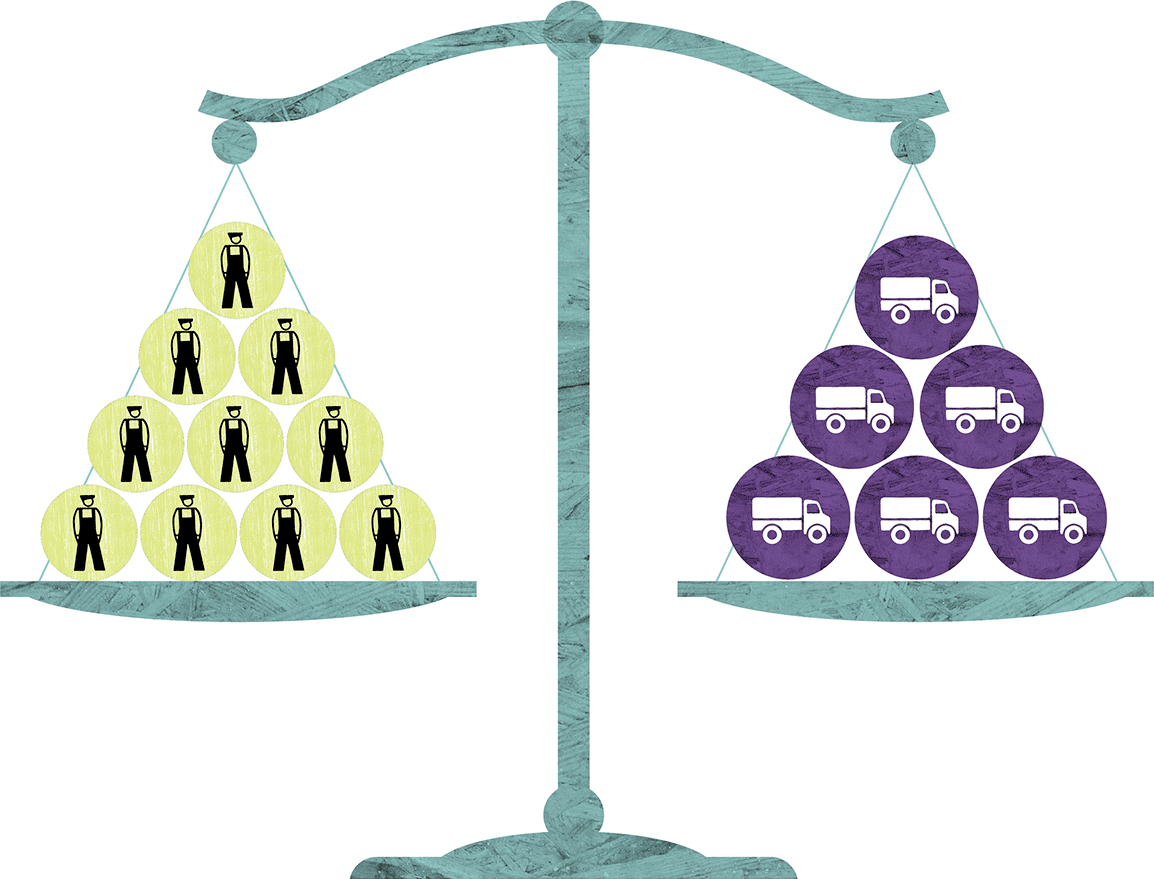
iii
Training programs could be designed to maximize the probability that they open many doors for participants by generating participant earning opportunities with more employers.

Furthermore, those interested in training programs should experiment with programs that invest less in skills training and more in other mechanisms of reducing labor market frictions, such as job-search assistance, transportation, childcare, and criminal-record expungement.
Notes
- Importantly, this does not include student debt and Pell Grant investment, both of which should be understood as labor market policy.
- e.g., Project QUEST graduates were employed by Metropolitan Methodist Hospital, and MMH was named in the suit.
- The large-scale Job Corps and WIA studies have enough racial heterogeneity and power that investigating whether they reduced discrimination (e.g., increased interview rates) or just increased skills may be feasible.
Authors
Suzanne Kahn is Director of Education, Jobs, and Worker Power and the Great Democracy Initiative at the Roosevelt Institute. Suzanne most recently worked as a research analyst at SEIU 32BJ, where she built a program to organize workers in new residential developments. She holds a Ph.D. in American history from Columbia University and a B.A. from Yale University.
Suresh Naidu is a fellow at the Roosevelt Institute and professor in economics and international and public affairs at Columbia University. Naidu holds a BMath in pure mathematics from the University of Waterloo, an MA in economics from the University of Massachusetts Amherst, and a PhD in economics from the University of California, Berkeley. His research focuses on political economy and historical labor markets.
Aaron Sojourner is a labor economist and associate professor at the University of Minnesota’s Carlson School of Management. In 2016-2017 he spent a year as senior economist for labor at the Council of Economic Advisors for Presidents Obama and Trump. Sojourner holds a Ph.D. in economics from Northwestern University, and M.A. in public policy analysis form the University of Chicago, and a B.A. from Yale University.
Publisher
The Roosevelt Institute is a think tank, a student network, and the nonprofit partner to the Franklin D. Roosevelt Presidential Library and Museum that, together, are learning from the past and working to redefine our collective future. Focusing on corporate and public power, labor and wages, and the economics of race and gender inequality, the Roosevelt Institute unifies experts, invests in young leaders, and advances progressive policies that bring the legacy of Franklin and Eleanor into the 21st century. See more at rooseveltinstitute.org.
Acknowledgements
This report was edited by Matt Hughes and made possible with the generous support of the Bill & Melinda Gates Foundation.
The findings and conclusions contained within are those of the authors and do not necessarily reflect positions or policies of the foundation.
